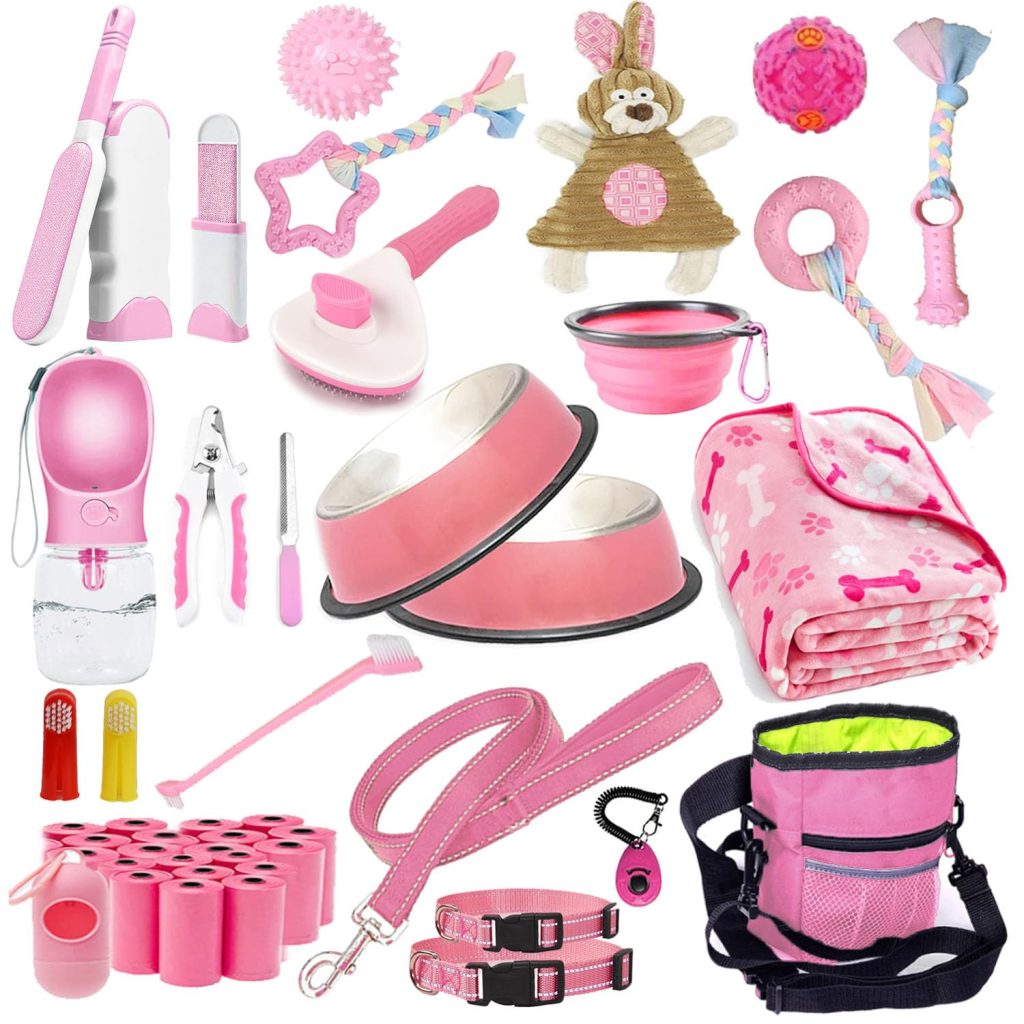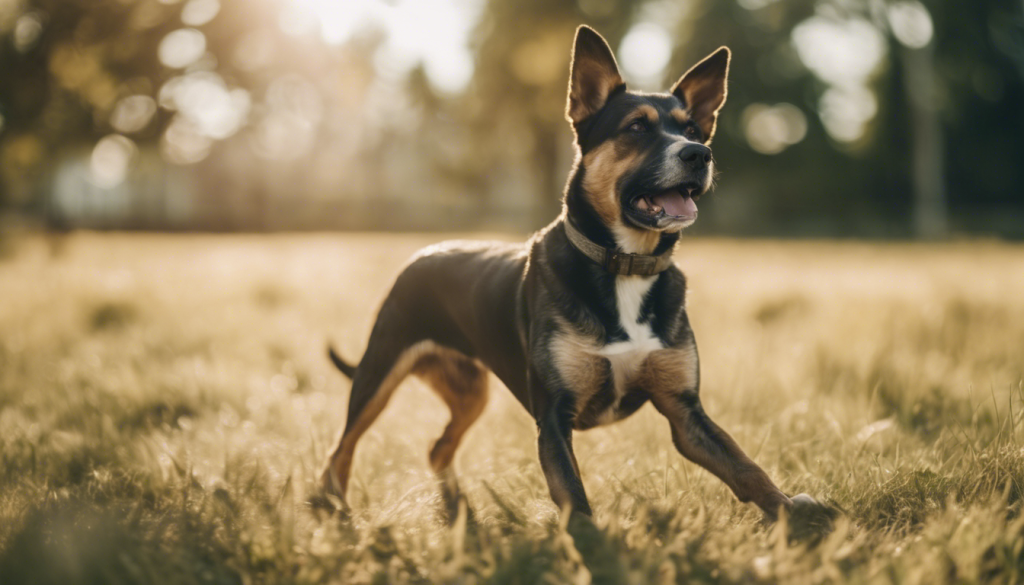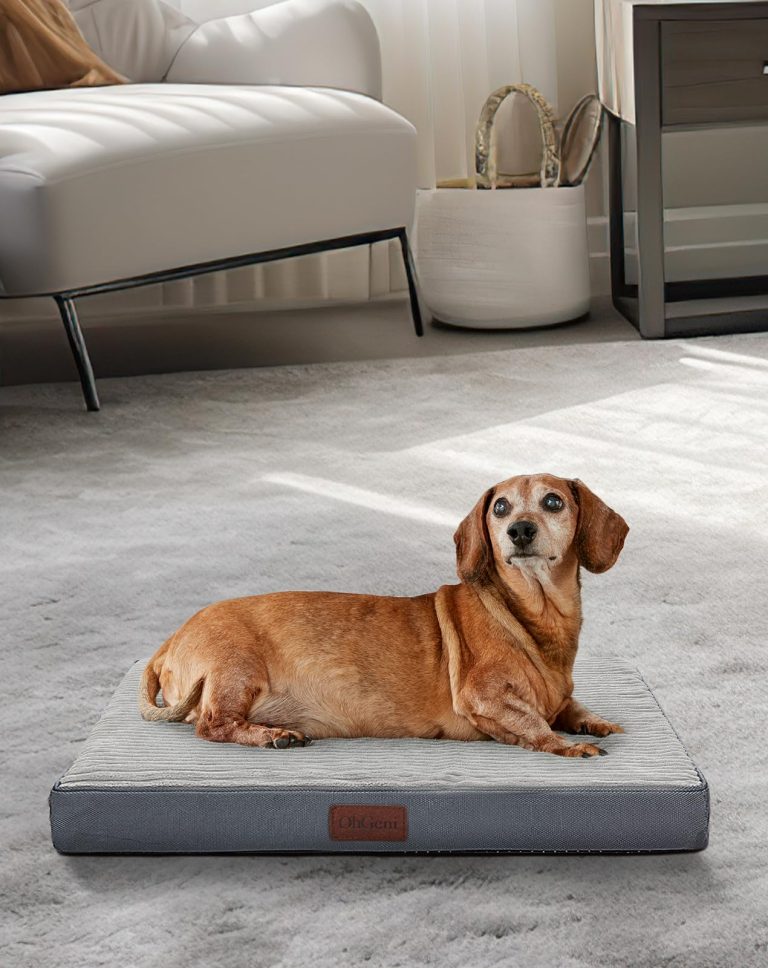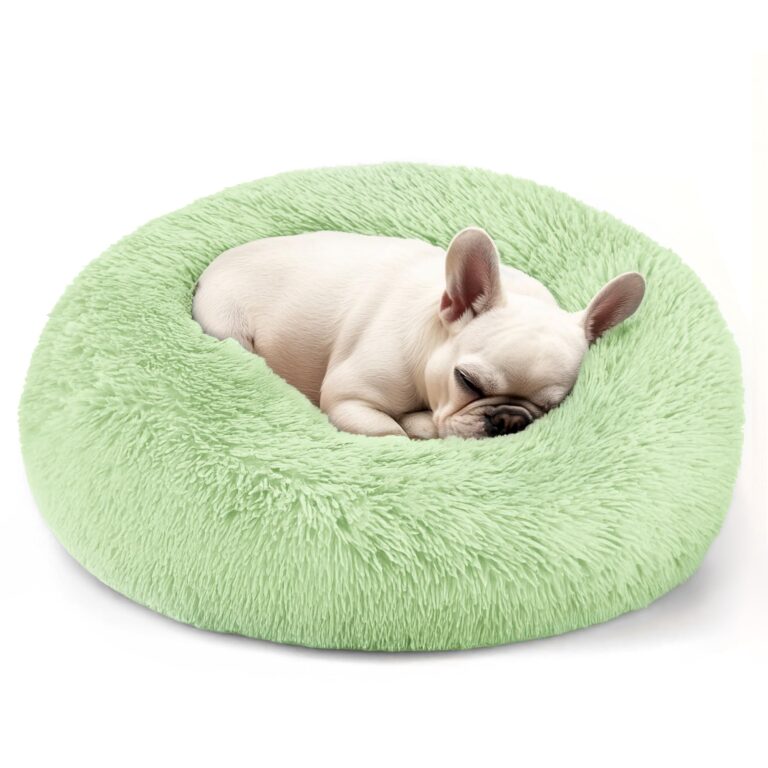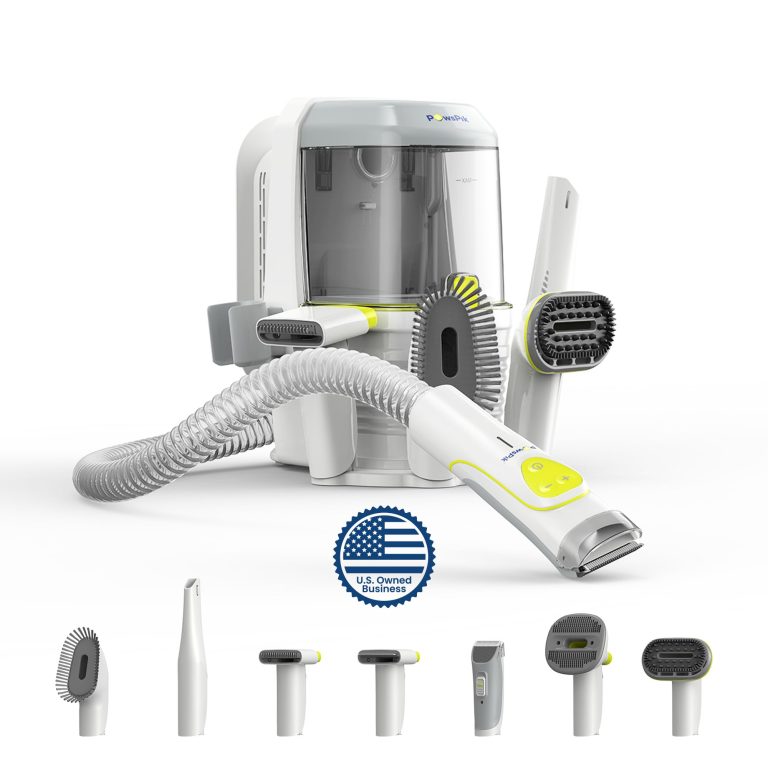Afghan Hound
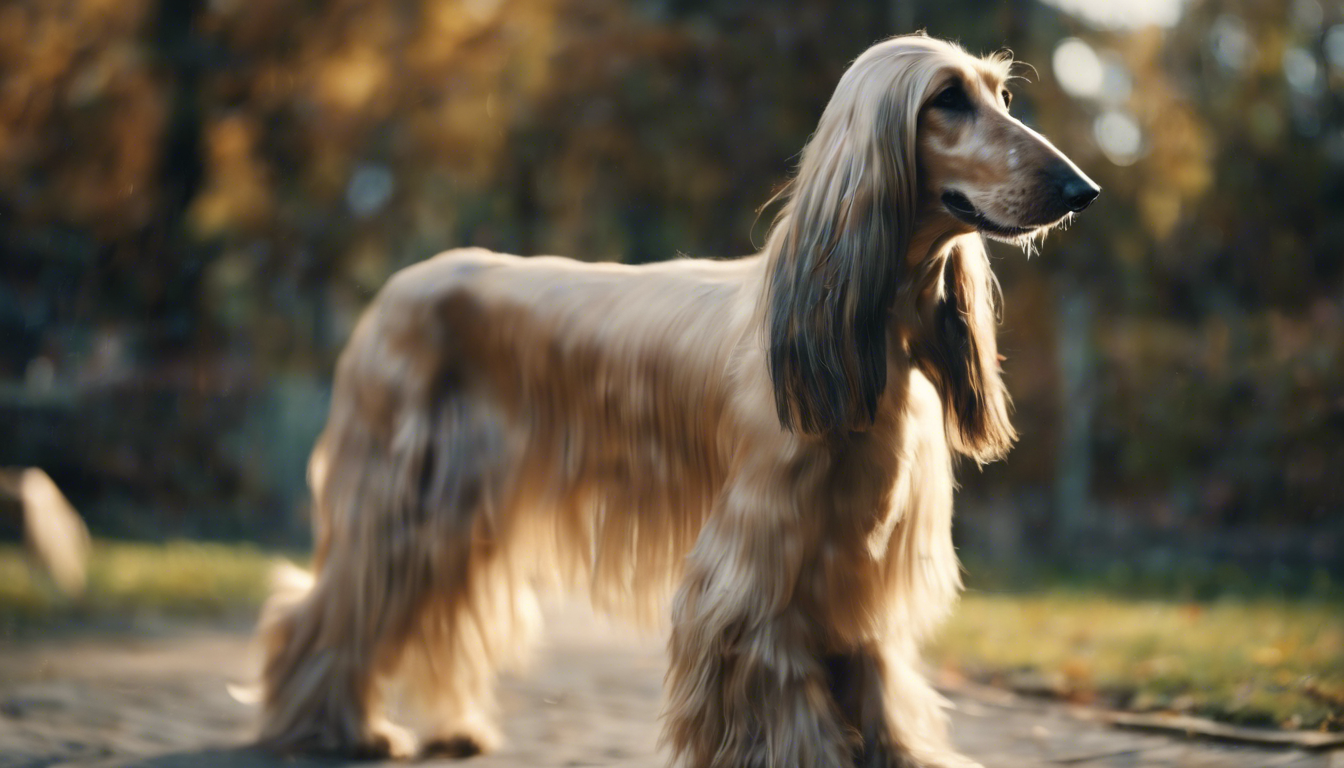
Origins and history
The Afghan Hound carries an aura of nobility and mystery, with roots reaching back thousands of years. Hailing from the mountainous regions of Afghanistan, these dogs were originally used by nomadic tribes for their exceptional hunting skills. They were adept at coursing game over rugged terrain, their silky coats acting as protection against the harsh climate. The breed’s elegance and exotic appearance have a storied past, said to have been the dog of pharaohs in ancient Egypt, though it’s the steep valleys and plains of Afghanistan that truly forged their history.
Their role in these communities wasn’t merely functional; they also stood as symbols of status. Only royalty and the affluent had the privilege to own these dogs, which added to their allure and prestige. It’s believed that Afghan Hounds were kept purebred for centuries in their native land, a testament to their importance and the esteem in which they were held.
Western recognition came much later, with the breed arriving in the UK during the early 20th century, initially known as Persian Greyhounds. It was there that they were given the name we know today. In 1926, the Afghan Hound was officially recognized by the Kennel Club in the UK, and it didn’t take long for their popularity to soar among dog enthusiasts for both their hunting capabilities and their striking presence in the show ring. Their journey to America followed shortly after, where they continued to capture hearts and win accolades for their unique blend of grace and athleticism. The Afghan Hound’s deep-seated history lends itself to their current-day mystique, having evolved from a hunter’s companion into a cherished show dog and a loving pet — though they still bear the regal bearing and independent spirit of their ancient ancestry.
Physical characteristics
The Afghan Hound is the epitome of canine majesty, a sight to behold with its flowing coat and elegant demeanor. Standing tall, these dogs often reach heights of 25 to 27 inches at the shoulder for males, and females slightly smaller at 25 inches. Their long and slender build disguises a muscular and sturdy body, with a physique perfected by the demands of their mountainous homeland.
The breed’s crowning glory is undoubtedly its magnificent coat, which is fine and silky, much like human hair. It comes in a variety of colors, including cream, gold, black, and a range of unique patterns and markings. True to their heritage, this coat served a practical purpose, offering insulation against both the intense mountain cold and the heat. Today, it is a hallmark of this breed that turns heads wherever they go.
Their faces are defined by a dignified and aloof expression, enhanced by their dark, almond-shaped eyes which give them a penetrating gaze reminiscent of their ancestral hunting days. The long, silky topknot is a distinctive feature that adds to their elegant profile. This, accompanied by their fine, long tail with a ring curl at the end, creates a silhouette that is at the same time both strong and graceful.
But the Afghan Hound’s allure isn’t solely in their looks, as they’re endowed with a unique agility and speed. Their large paw pads act as shock absorbers that helped them traverse the rocky terrains of Afghanistan. This combination of speed, power, and endurance makes them unparalleled in their role as sighthounds, capable of spotting and chasing down prey with lightning-fast reflexes and swift, decisive movements.
That said, there’s no denying that owning such an aesthetically stunning dog comes with its own set of responsibilities. Their coat requires consistent care to maintain its lustrous sheen. The Afghan Hound’s nutritional needs must also be met with a diet that supports their active lifestyle and keeps their coat in top condition. Prospective and current owners must commit to regular grooming sessions to prevent matting and to keep that majestic coat flowing and tangle-free.
In terms of their physical needs, the Afghan Hound is not a breed that will be content with a sedentary lifestyle. They are bursting with energy and require ample space to run and exercise. A large, secured yard where they can sprint and play is ideal. Regular exercise is mandatory for these dogs, as it not only keeps them physically fit but also provides mental stimulation, which is important for such an intelligent breed.
When it comes to their living environment, Afghan Hounds are not well-suited to cramped spaces or apartment living, given their size and exercise needs. They thrive in settings where they can roam and explore, which ensures both their happiness and well-being.
They’re not particularly known for health problems, but like all breeds, they can be prone to certain conditions. Owners should be aware of issues such as hip dysplasia, cataracts, and hypothyroidism, which this breed can be predisposed to. Regular vet check-ups and attention to their health are important to catch any potential problems early.
The Afghan Hound’s physical characteristics demand respect and admiration. Their athletic form meshed with their regal coat is nothing short of breathtaking, but it’s vital for owners to remember the commitment required in care to ensure these captivating dogs lead full and happy lives.
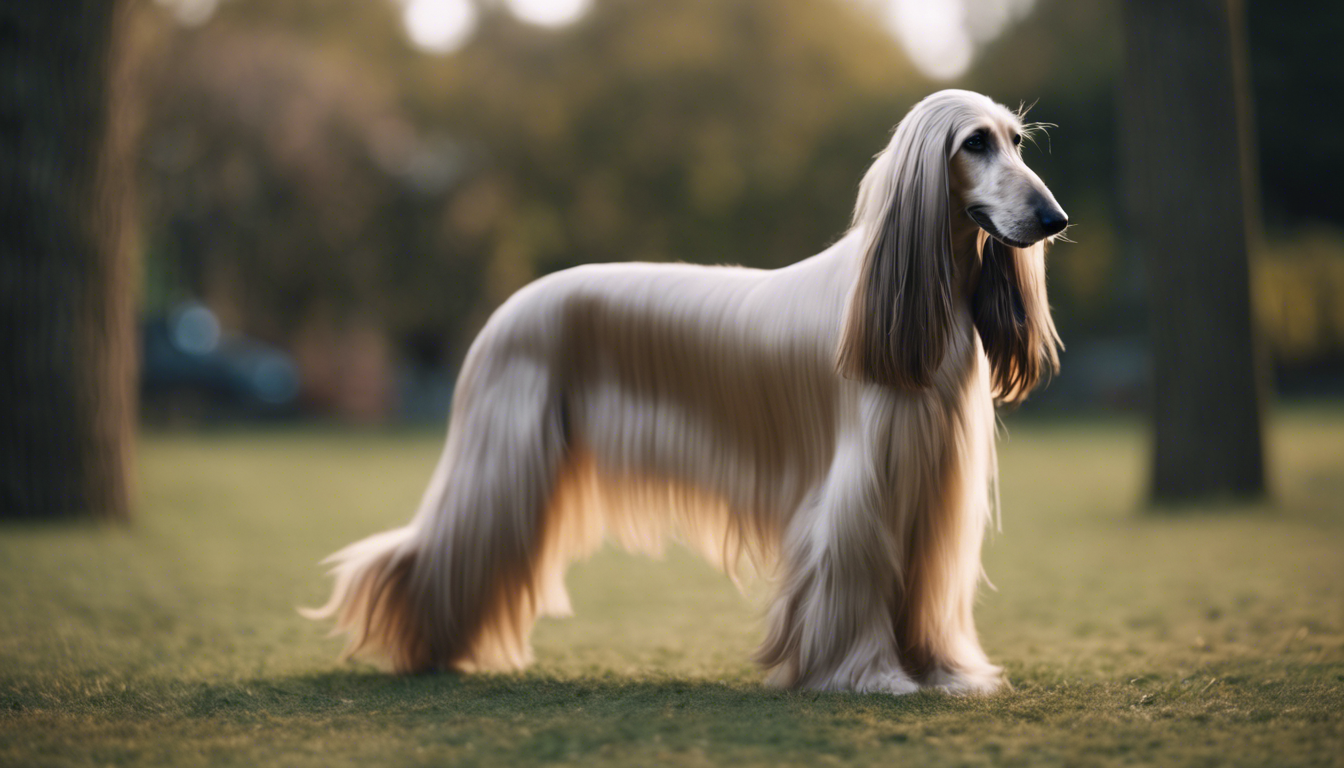
Temperament and behavior
The temperament of an Afghan Hound can be as dramatic and beautiful as their appearance, and just like their luxurious coats, their personalities need understanding and appreciation. Possessing a certain air of independence and a noble demeanor, they can often seem aloof, particularly with strangers. However, to those they call their own, they are capable of showing deep affection and loyalty. Their character is complex and multifaceted—on one hand, the Afghan can appear dignified and reserved, and on the other, they can exhibit bursts of comic playfulness.
With intelligence and a strong will, Afghan Hounds are not the easiest of breeds to train. They have an innate independence, which can be mistaken for stubbornness, especially when asked to perform repetitive tasks. They respond best to patience and a gentle touch, rather than to harsh commands or correction. Positive reinforcement, consistency, and interesting challenges will bring out the best in their training sessions. One should never underestimate their intelligence; Afghan Hounds are quick to learn what benefits them and just as quick to dismiss what they find boring or unnecessary.
When it comes to exercise, the Afghan Hound is a breed that thrives on activity. These dogs were bred to run and have retained their love for movement. A daily regimen of physical exercise is not only recommended but essential for maintaining their mental and physical health. A long walk isn’t going to cut it with these graceful athletes; they need room to sprint in a safe and enclosed area. Without sufficient exercise, they may find other, less desirable ways to burn off their energy.
As far as behavior goes, the breed can exhibit prey drive due to their sighthound heritage. They were bred to chase, so it is important to remember this when outside and around smaller animals. Early socialization and training are key to helping an Afghan Hound understand what is acceptable in the domestic setting. And while they can get along well with children and other pets, their interactions should always be supervised, especially with those who are not part of their ‘pack’.
On the subject of socialization, it cannot be stressed enough for this breed. Introducing them to various environments, people, and other animals can help to ensure a well-adjusted and confident adult dog. Afghan Hounds may be hesitant around strangers, but with proper exposure and positive encounters, they can develop a more accepting attitude. It is also worth noting that Afghan Hounds can form strong bonds with their family, sometimes becoming attached to one person in particular.
Considering their sensitivity, Afghan Hounds are not suited for a rough or noisy household. They prefer a calm environment and may become withdrawn or unhappy if there is too much chaos. They’re creatures of routine and comfort, and will appreciate a space of their own where they can retreat to for peace and quiet.
The strong personalities of the Afghan Hound mean they’re not the best choice for inexperienced dog owners. They require a confident, patient leader who understands the nuances of dog behavior, particularly that of a breed as dignified as the Afghan. In the right hands, Afghan Hounds can be loving, humorous, and noble companions, capable of bringing an air of elegance and a lifetime of joy to their household.
Care and grooming requirements
The regal appearance of the Afghan Hound isn’t something that’s maintained without effort. Regular grooming is essential to keep their fine, flowing coat in pristine condition. Without proper care, their fur can quickly become matted and tangled, leading to discomfort and skin problems. A thorough brushing several times a week, if not daily, is recommended to prevent mats from forming, especially on the longer hair of the saddle and ears.
These dogs greatly benefit from a bath about once every four to six weeks, depending on their activity level and lifestyle. It’s important to use a high-quality dog shampoo that won’t strip their coat of natural oils. After a bath, taking the time to carefully blow dry their coat will help to prevent tangles and keep their hair looking its best.
But grooming isn’t just about appearance; it’s also a health necessity. Checking and cleaning their ears regularly will help prevent infections, and they’ll need their nails trimmed regularly to avoid issues with walking. Plus, don’t forget dental hygiene, as regular teeth brushing can head off gum disease and other oral health problems.
When it comes to their diet, the Afghan Hound’s nutritional needs are just as important as their grooming routine. These athletic dogs require a balanced diet rich in protein to maintain their muscle tone and energy levels. As with all breeds, the Afghan Hound’s diet should be appropriate for their age, size, and activity level.
Remember, beauty isn’t just skin deep. Providing a well-rounded diet will not only support your Afghan’s overall health but will reflect in their coat’s condition too.
On a behavioral note, while indoors, your Afghan may seem like a regal statue—poised and calm—but don’t be fooled; they need their exercise. Not only does physical activity keep them in shape, but it also helps to manage their independent streak. Ensuring they get plenty of mental and physical stimulation will keep those supermodel looks from turning into a mischief-maker’s antics.
As far as health concerns go, regular veterinary check-ups should be part of your Afghan’s routine. Keeping an eye out for signs of hip dysplasia, cataracts, and hypothyroidism is critical. But, these possible health conditions shouldn’t deter you. With an awareness of the breed’s needs and diligent care, your Afghan Hound can enjoy a long and healthy life by your side.
In the right hands, the care and grooming of an Afghan Hound, although labor-intensive, can be a rewarding and bonding experience. By incorporating these practices into your routine, you’ll ensure that your Afghan doesn’t just make heads turn, but also lives a contented and fulfilled life as part of your family. So, whether they’re gracing the show ring or simply lounging on your living room couch, your dedication to their care is essential in unleashing the true spirit and beauty of the Afghan Hound.
